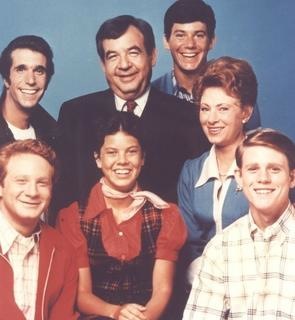The Square
Posted on May 6, 2010 at 8:06 pm
B+| Lowest Recommended Age: | Mature High Schooler |
| MPAA Rating: | Rated R for violence and language |
| Profanity: | Very strong language |
| Alcohol/ Drugs: | Drinking, smoking |
| Violence/ Scariness: | Extensive and graphic violence including guns, arson, and car crashes, many characters injured and killed |
| Diversity Issues: | None |
| Date Released to Theaters: | May 7, 2010 |
When the first 10 minutes of film introduce us to an illicit affair, a kickback scheme, and a hidden bag filled with money, we know we’re in for a twisty thriller, and “The Square” delivers.
Brothers Nash and Joel Edgerton have been compared to the Coens, and “The Square” is in some ways a tribute to the Coens’ “Blood Simple,” with its theme of the tangled web of deception and betrayal. Ray is a successful construction manager working on a resort project, comfortably married but having an affair with Carla (Claire van der Boom), a pretty, young hairdresser uncomfortably married to a man who has never told her about the hidden bag of cash in their laundry room ceiling and doesn’t know she knows about it.
Carla tells Ray she will get the cash so they can run away together. But in order to deflect suspicion from them, they will have to make it look like the money was burned in a fire. Ray hires Billy (co-screenwriter Joel Edgerton) to burn her house down while they are all enjoying a Christmas picnic and therefore thoroughly alibi-ed. Things start to wrong, and then wronger, and then, well, if you’ve ever read a novel by James M. Cain (or tried to make a cell phone call with a fading battery or leave a message with an unreliable person) you know that things will spin sickeningly out of control with the inevitable logic of a nightmare.
The noir-ish plot works well in the sunny Australian setting. It’s summer in December Down Under, which adds to the disorienting tone of the film for Northern Hemisphere-ites. The Edgertons keep us wavering from support of the characters who are our on-screen representatives to horror as they cross over line after line, finally giving up any pretense of rationalization as each step gets them more directly involved and more deeply enmeshed. Every encounter leaves them more culpable, their victims less deserving. No wonder Ray doodles row after row of men in claustrophobic little boxes stacked on top of each other. They look like tiny prison cells, or maybe the filmed frames of a movie thriller.

